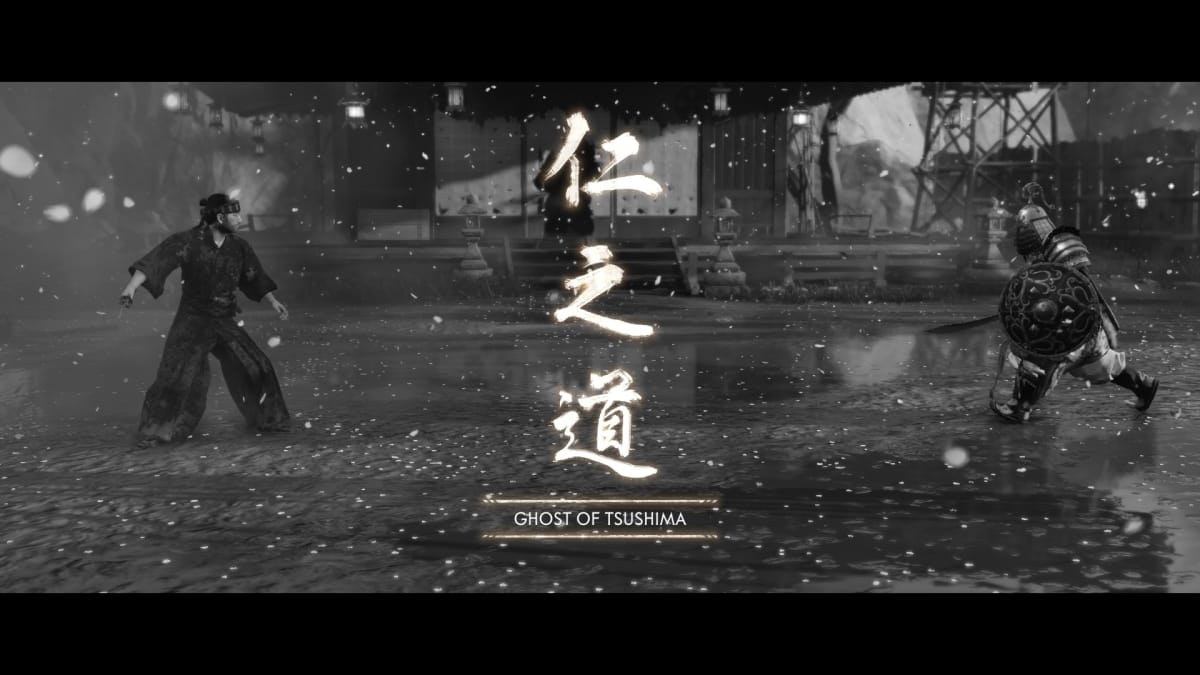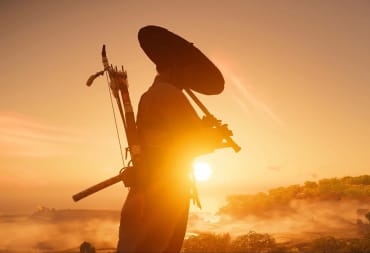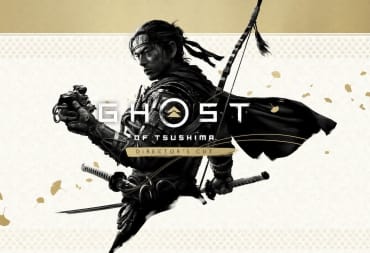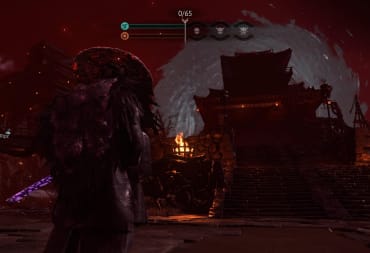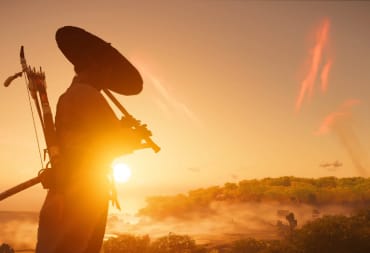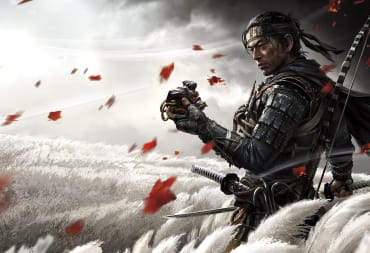For the past week, I have been playing Ghost of Tsushima, and it is amazing. Sucker Punch put a lot of love and care into every facet of this game, and it shows. Everything from the gorgeous art direction, satisfying gameplay, and overall technical production makes it the definitive swansong for the PlayStation 4.
Thanks to the overall production being steeped in Sony's trademark air of prestige and seriousness, I became deeply curious about the inspirations for Ghost of Tsushima. After doing some digging, I discovered that the game is heavily inspired by the Kamakura era of Japan, effectively its version of the Middle Ages. Furthermore, its central conflict is based on the Mongol Invasion of Tsushima, an actual real-world event that was one of the largest-scale seaborne military operations in history. It was so big it wouldn't be topped until D-Day in World War II.
And with a historical basis, this means that there are elements of the game that had to be altered or changed either for creative license or to make a satisfying interactive experience. So what did Sucker Punch change, and what stayed the same? The results are not just interesting, they help elevate Ghost of Tsushima to being a lot more than it appears at first blush.
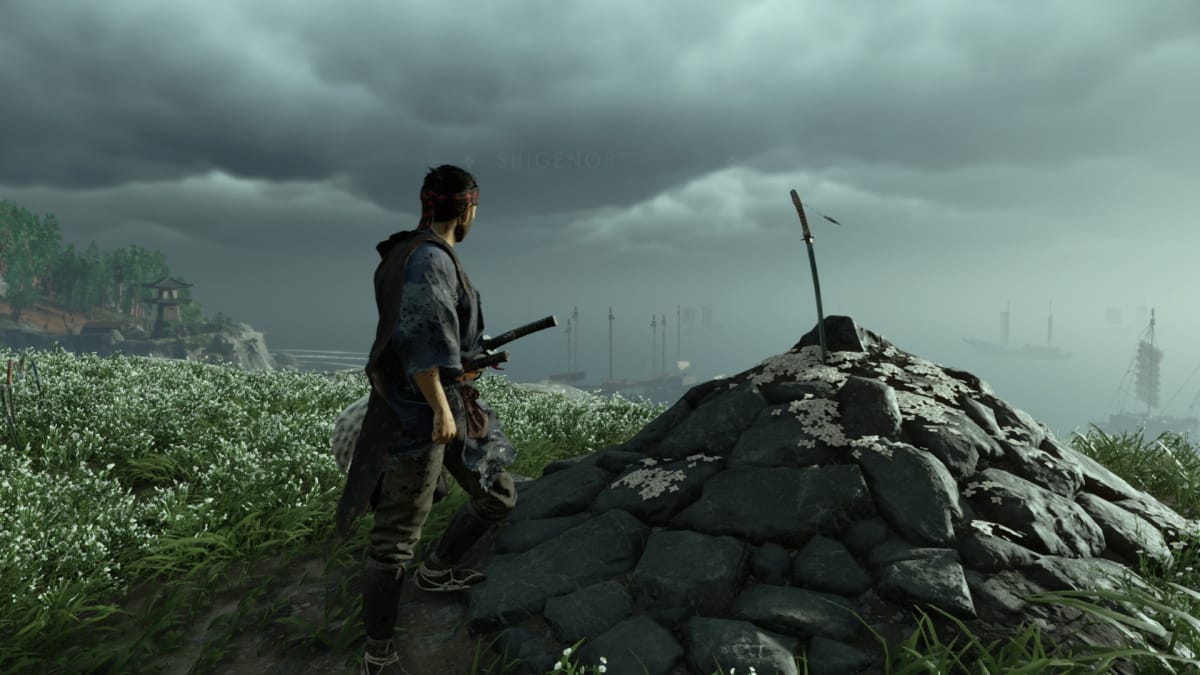
The Good
Right off the bat, I have to applaud the fact that this game takes place in the Kamakura era to begin with. In popular culture, a lot of what people accept to be stories about Samurai or Japanese history are focused in either the Heian period or the Sengoku era. The Heian period, roughly between 794-1185, usually depicts the rise of Samurai Shogunates due to warrior classes spreading their influence into the courts.
On the other side of the coin is the Sengoku era, or Age of Civil War, where the Samurai are seen as heroic or ambitious war heroes as they scramble to re-unite their country amid societal collapse over the very ideals of the Shogunate. Most of the films of legendary Japanese filmmaker Akira Kurosawa fall into either of these eras and have gone a long way to romanticize the Samurai and their place in their respective histories.
But the Kamakura era is rarely explored in these popular forms of media if at all. Furthermore, the Mongol Empire's invasion of the island of Tsushima is similarly overlooked. The closest thing to a contemporary example I could find was the 2018 anime Angolmois: Record of Mongol Invasion. Even then, that series' focus was on a group of criminals drafted into a penal soldier force to face the Mongols by an increasingly desperate Samurai Lord. Otherwise, not many high-profile well-regarded productions, Japanese or otherwise, tend to focus at all on this crucial point of Japanese history.
This is a shame since, in the broad strokes, this invasion was the stuff of nightmares for the island of Tsushima. The island itself was completely isolated from mainland Japan, essentially a stepping stone for the Mongols to push their influence past their conquest of China and Korea.
Where the Japanese's war tactics were steeped in Samurai notions of one-on-one duels and their resources restricted them to archery and mounted combat with melee weapons, the Mongols had superior... everything. They had massive resources at their fingertips to make elaborate and protective armor, more refined weapons, and hundreds of ships giving them naval superiority. They also had gunpowder, which meant explosives, specifically the widespread use of hand-thrown bombs.
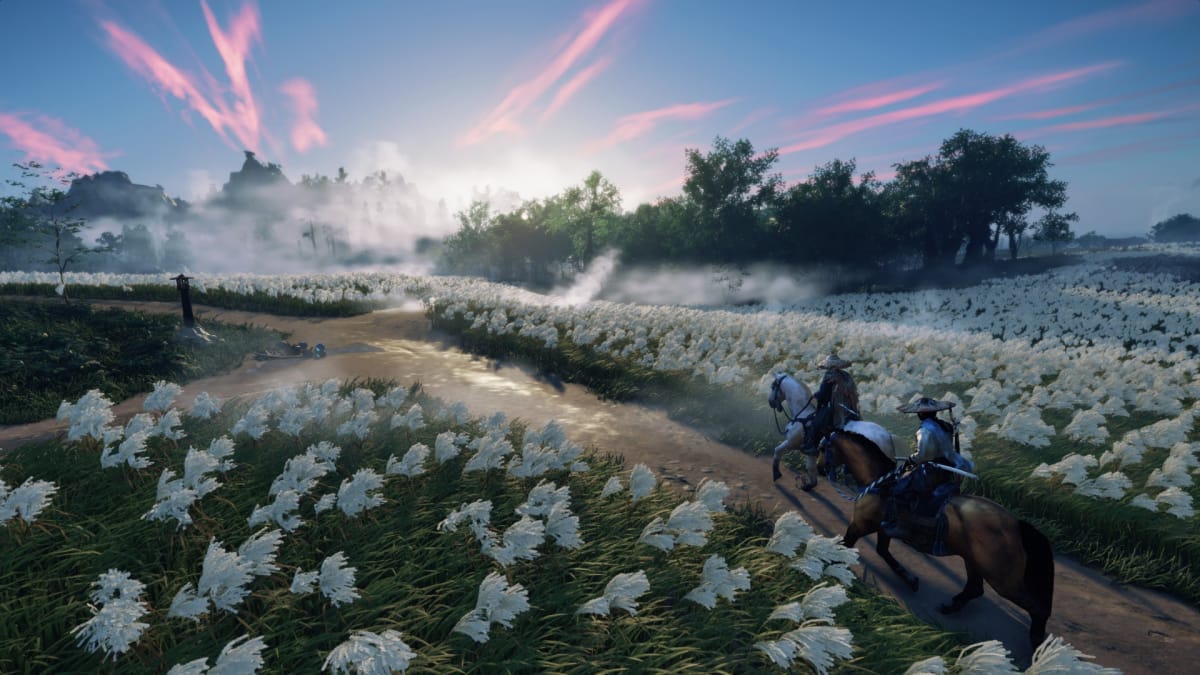
Not to mention the Mongols' troops were estimated to be in the tens of thousands compared to the few hundred Samurai Tsushima had at its defense. Also, the Mongols' preferred form of martial combat was attacking in groups.
The only reason why the Mongols failed to take Japan and Tsushima was due to the weather. During both of their major invasions of the island, the majority of their forces were torn apart due to major typhoons that destroyed their ships, massacred their troops, and scattered their leadership.
With this serious amount of historical context in mind, it makes sense that the story of Ghost of Tsushima is so dour and bleak. As far as these characters know, the Mongols have them beat in every single conceivable area. From a gameplay perspective, it makes perfect sense for the main hero, Jin, to be constantly fighting these enemies across multiple locations around Tsushima. It's a rare instance in gaming where the sheer ludicrous number of enemy strongholds and overpowered boss enemies translates better to real life than you would think.
It must also be noted that as you progress through Ghost of Tsushima, Jin slowly learns how to use gunpowder weapons for himself, mostly by observing and stealing the materials from Mongol camps, which would be a viable tactic in turning the tide.
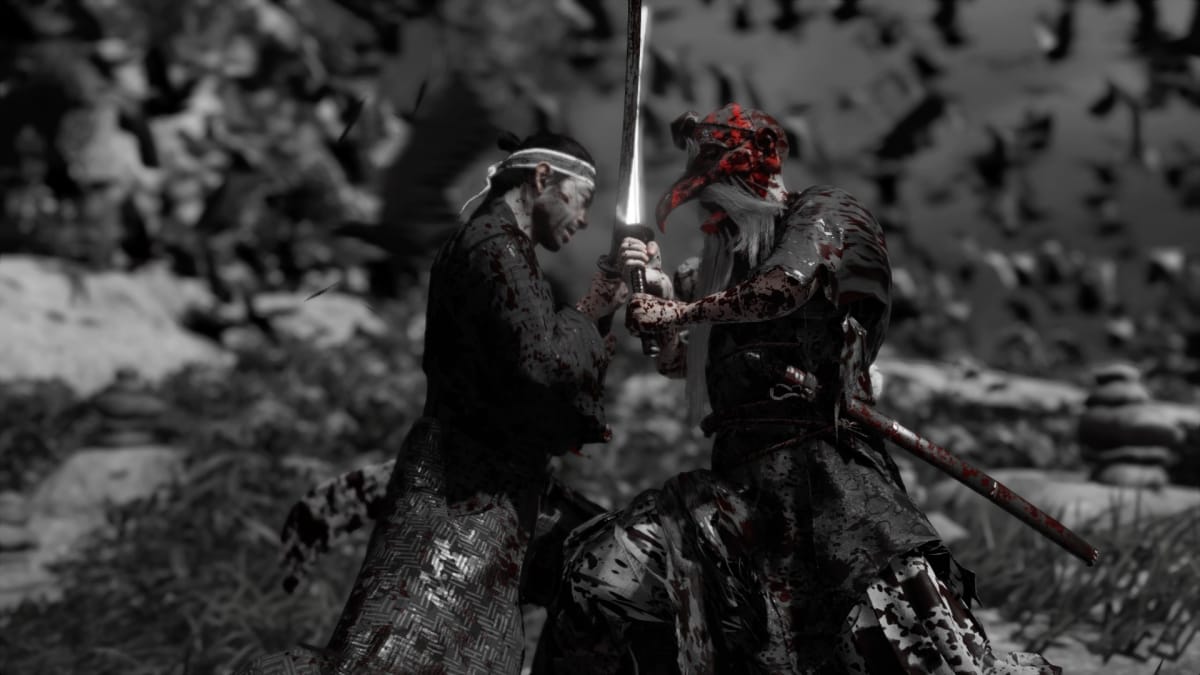
The Bad
A lot of this mostly amounts to nitpicks—areas where Sucker Punch was taking the most creative license for an accessible and entertaining experience. Nevertheless, they stick out like a sore thumb.
First and foremost is the main character Jin using a katana as his primary weapon in battle. Strictly speaking, katanas were seen more as status symbols by Samurai and were meant to only be used as weapons as an absolute last resort. Most Samurai traditionally fought with a multitude of weapons.
The reason for this might upset certain fanboys out there. Speaking as someone who has trained for a few years in formal katana training, these swords were brittle. When it comes to slashing apart your enemy in one or two definitive slashes, that is where the katana excels. But if it comes into contact with full platemail, or tries to block a direct attack by another sword as depicted in a lot of popular media, it would break like glass, leaving the warrior defenseless.
Ghost of Tsushima leans more on the romantic angle in this regard, with Jin able to deflect and cut through multiple armored opponents, deflect arrows mid-flight, and constantly hammer away on a Mongol's sturdy iron shield like he's wielding a hammer. Apparently, his katana is made out of vibranium. The only other weapons Jin uses synonymously with Samurai are his tanto—a small knife he mostly uses for assassinating unaware targets—and a bow for ranged combat.
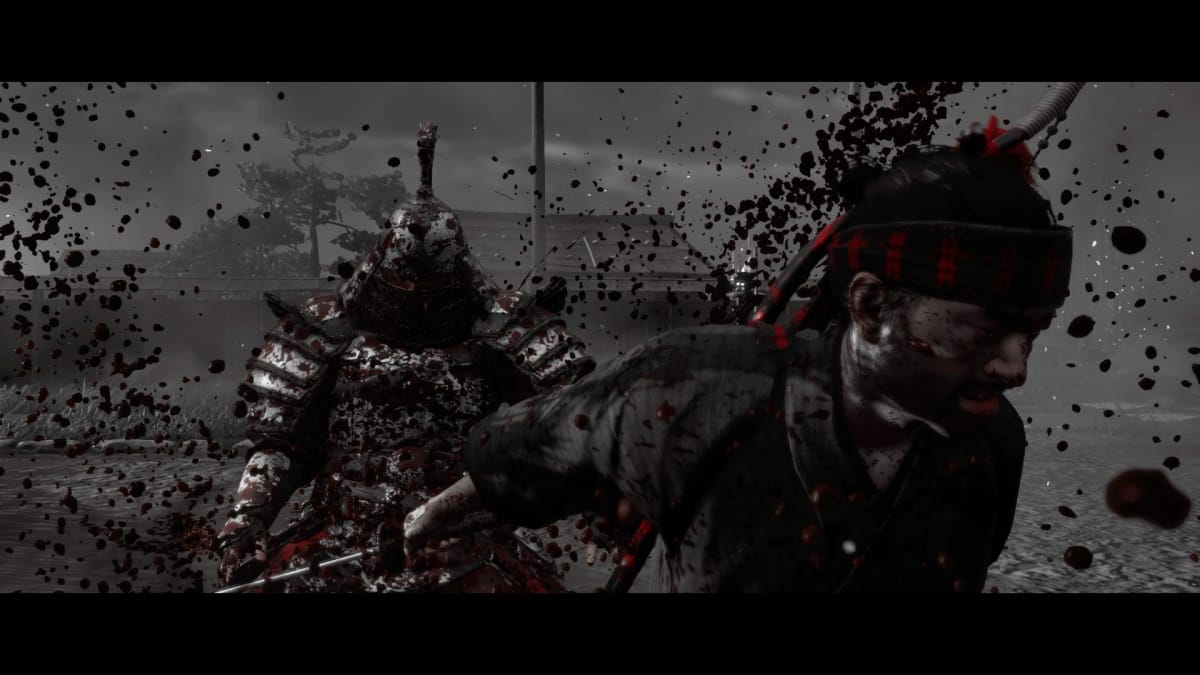
There is also the implementation of haikus. Throughout the open world, Jin can find areas of meditation, usually near locations of natural beauty, and compose a haiku around what he has seen. Once these are done, he receives a cosmetic headband. It's an ultimately harmless side activity in-game... except that haiku wasn't formalized until the 17th century, a few hundred years after Jin's time. It could explain why the haikus in question aren't exactly amazing, however.
Then there's the very character of Jin himself. Ghost of Tsushima opens up with Jin fighting alongside his fellow Samurai during the first wave of the Mongol invasion of Tsushima, only for him to miraculously survive the assault and begin a campaign to retake his home from the invaders. Historically this invasion was an absolute slaughter, no samurai survived this. It's pedantic, but it's what history shows us.
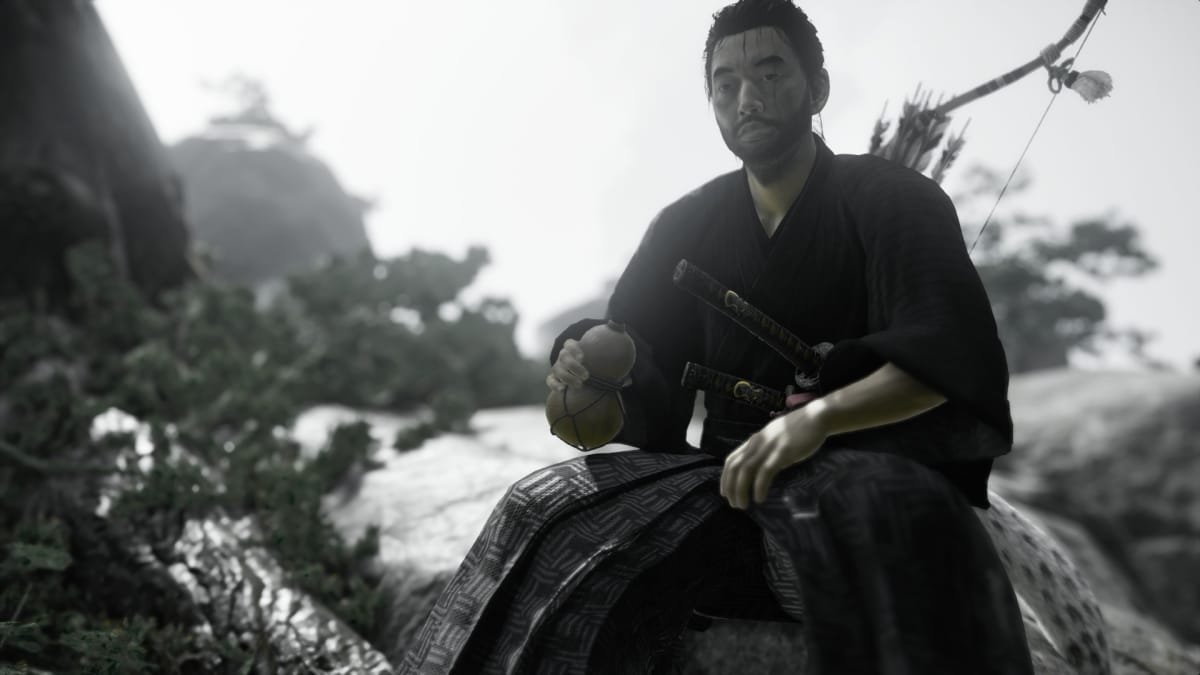
The Thematic
This section is where creative license was clearly taken, but the choices made are either based in plausibility or have such storytelling relevance to the themes and attitude at the time that it holds artistic merit.
The best element to kick off this section has to be the titular Ghost himself. Throughout the game's story, Jin slowly abandons the Samurai code of fighting directly and having honor for his opponent. Slowly, he begins adopting more cowardly and unsavory forms of warfare to fight back.
Cutting throats from behind, sneaking into strongholds in the middle of the night, and covert sabotage of poisoning his targets all slowly get added to his repertoire. In-game, it's handled with a lot more emotional turmoil and weight than usual. This isn't just a game introducing the “stealth parts” of a big-budget action title, it's a character losing essentially his idealized view of the world.
To which a lot of people I talked with immediately responded with the phrase, “so he's a ninja now?” I almost put this section as a knock against historical accuracy since what eventually became the codified skills and tools of the ninja, the Bansenshūkai, didn't get officially written down until 1676. In fact, what eventually becomes known as Jin's Ghost Armor in the game is made of materials and designs that wouldn't even be available until a few hundred years later.
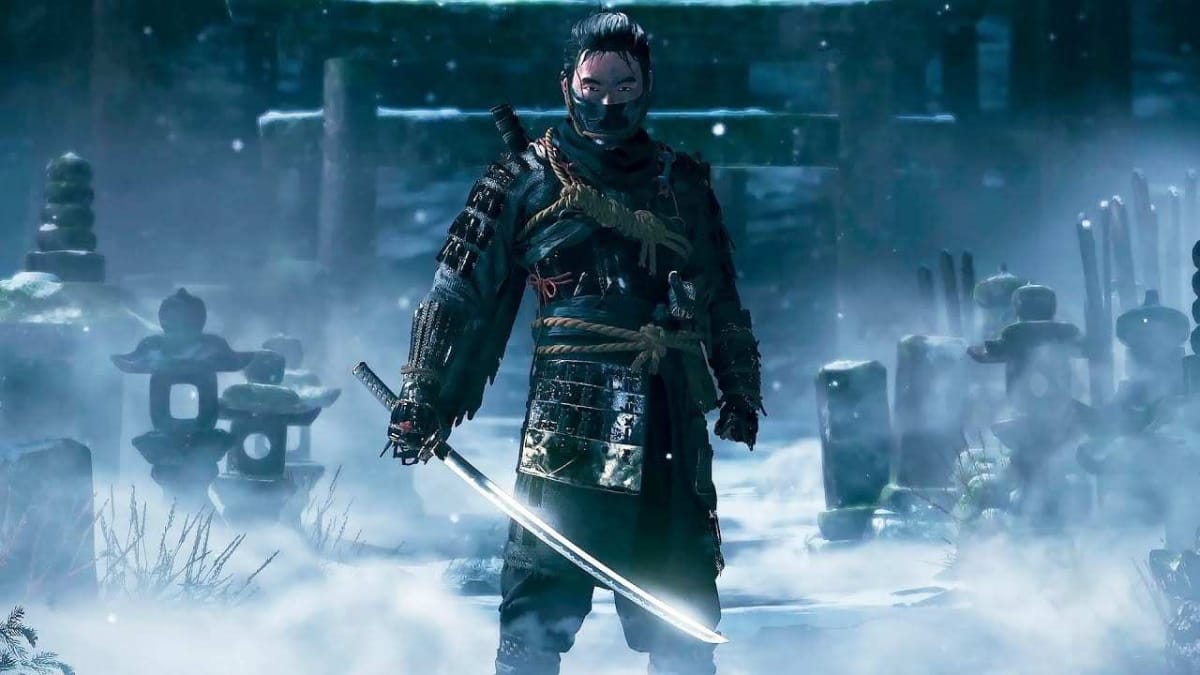
Except the very art of ninjutsu has roots going as far back as the 12th century. It is entirely possible for Jin to have developed these tools and methods, even if it went against his beliefs. This is given credence by the fact that the main character who trains Jin in these more indirect tactics is a mere thief named Yuna, and he personally seeks out further crueler tools for himself throughout the plot. Strip away what is essentially futuristic ninja armor for the protagonist and this very well could have happened in this time period.
Finally, there is the inner conflict of Jin and the very code of the Samurai itself being compromised. As mentioned before, multiple characters throughout the story don't sugarcoat the fact that Jin is directly disobeying the orders and wishes of his Lord by transitioning from a Samurai into a vengeful assassin. Out of the eight-core tenets of the Samurai code, loyalty to your lord is the biggest one. But Jin continues to justify his abandonment of the code because it is all in service of the citizens and subjects of Tsushima Island, to protect them.
But in a way, Jin can be seen as a metaphor for the entire Kamakura Shogunate as a whole during these invasions. On top of the many factors that played into this entire form of the Samurai hierarchy effectively falling apart, the biggest one was one of the ideals. One side believed in following the wishes of the nobles above all else, and the other believed in looking after the welfare of their subjects. This is mostly theoretical according to historians since there were plenty of other factors that contributed to the fall, but it seems entirely plausible.
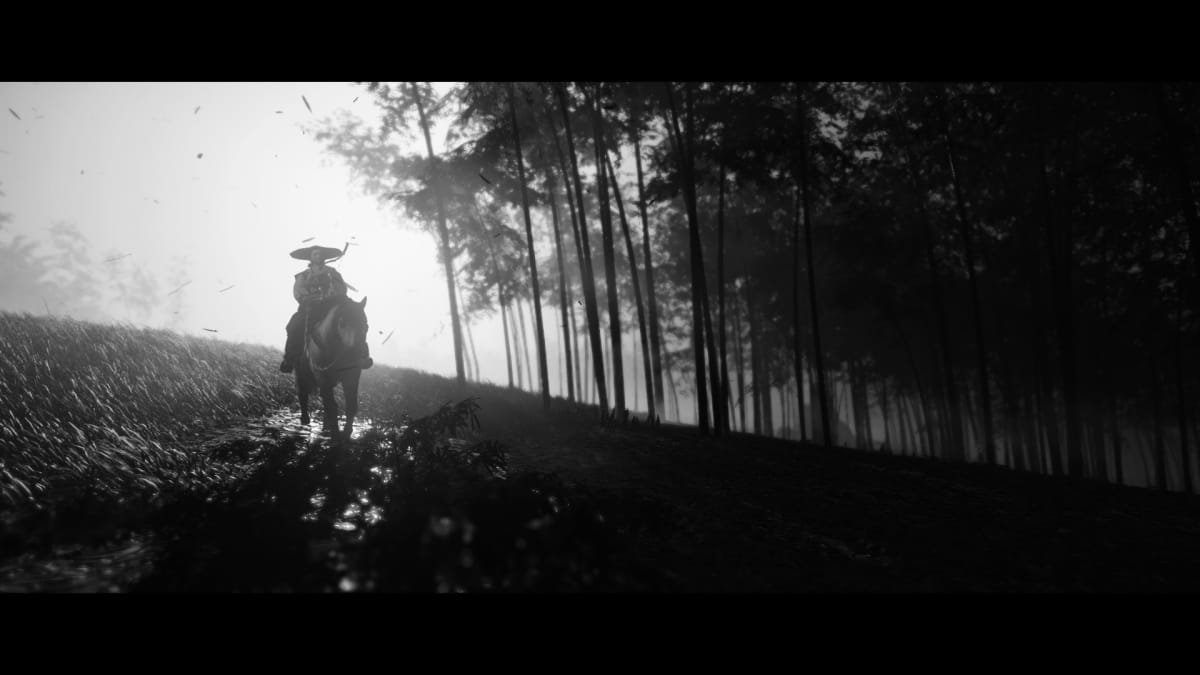
This is barely scratching the surface of how much thought, care, and research was put into Ghost of Tsushima. Sucker Punch put a lot of work into not just portraying an authentic 13th century Japan during one of the darker, uncertain parts of its history while embodying the heart and soul of the heroes who fought there.
The deluxe version of Ghost of Tsushima includes a making-of video where the director of the game, Nate Fox, speaks with Professor Hongo, a Japanese historian whom they consulted with on the game. During the video, Fox alludes to the production of Spaghetti Westerns, films made by Italian filmmakers who wanted to pay homage and respect to the era of cowboy movies, a few of which are held in very high regard by Western fans to this day. He continues on to say that he believes Ghost of Tsushima can be considered a Hamburger Samurai production due to Sucker Punch being based in the United States.
It's a highly presumptuous statement. But considering that Ghost of Tsushima has been selling out in Japan, and has miraculously managed a perfect score from the Western-critical magazine, Famitsu, it's a clear sign that all of this devotion and care to Japanese history and culture has not only paid off but has been recognized as something genuine and special by those who know of its significance.
Have a tip, or want to point out something we missed? Leave a Comment or e-mail us at tips@techraptor.net
